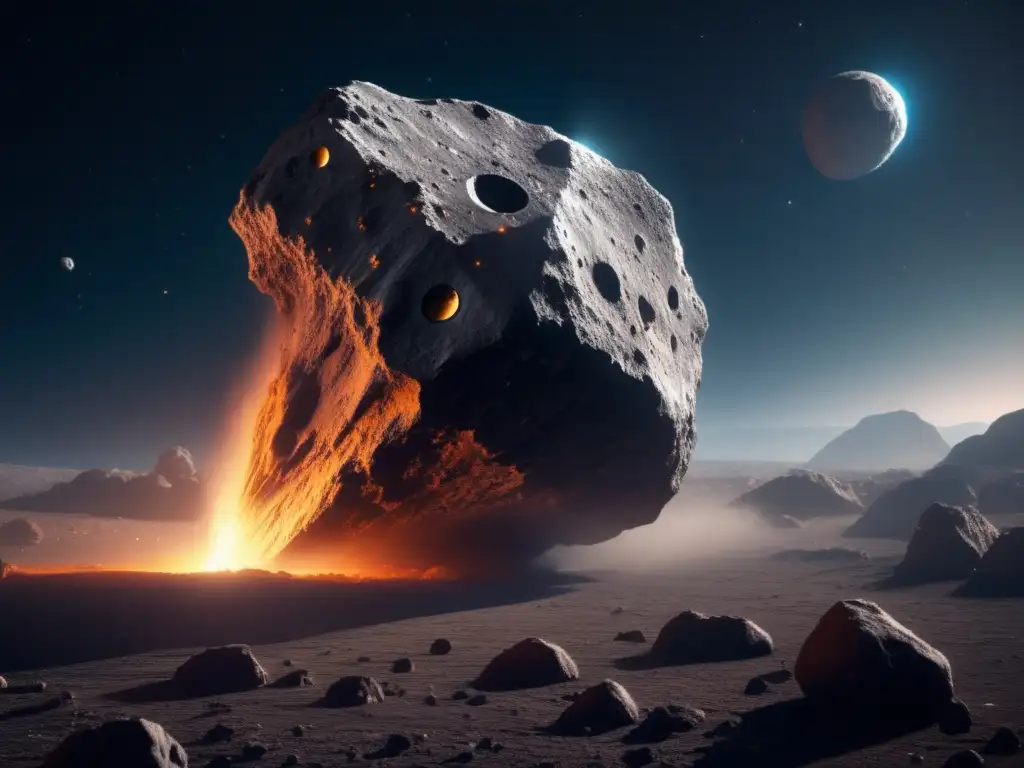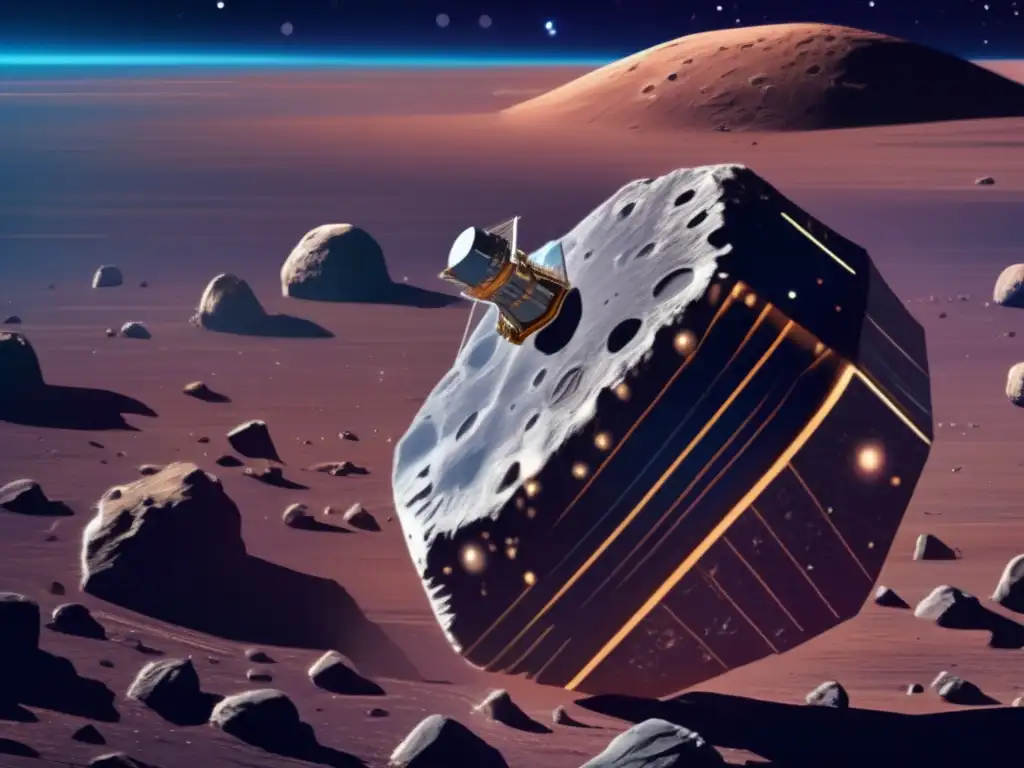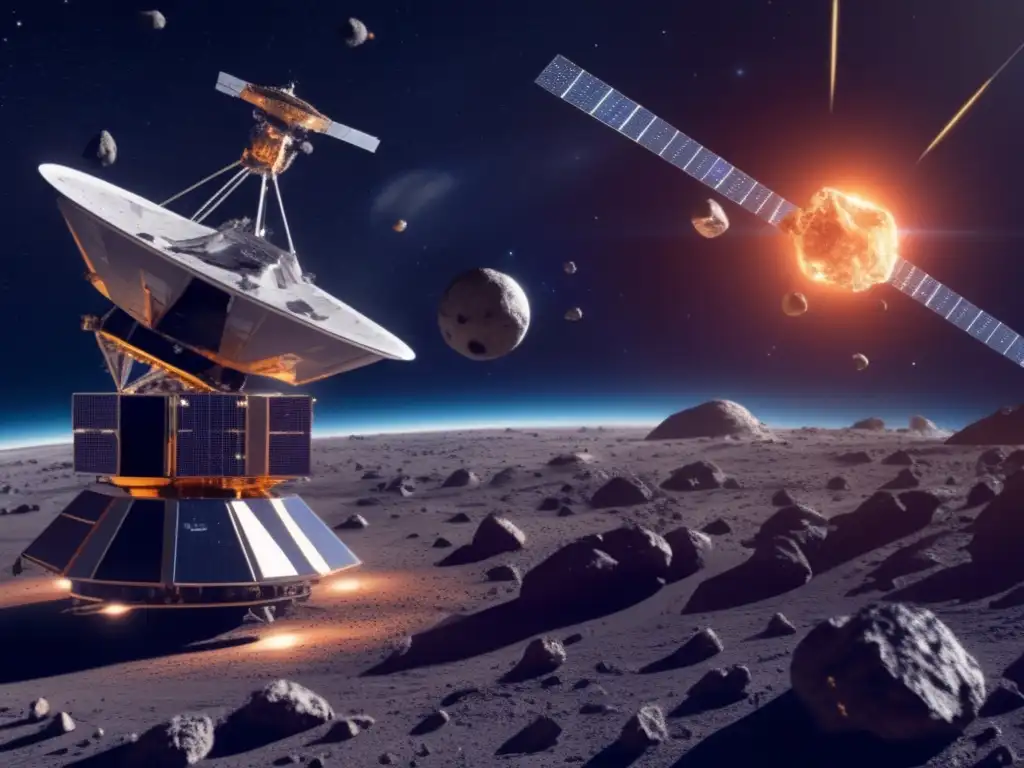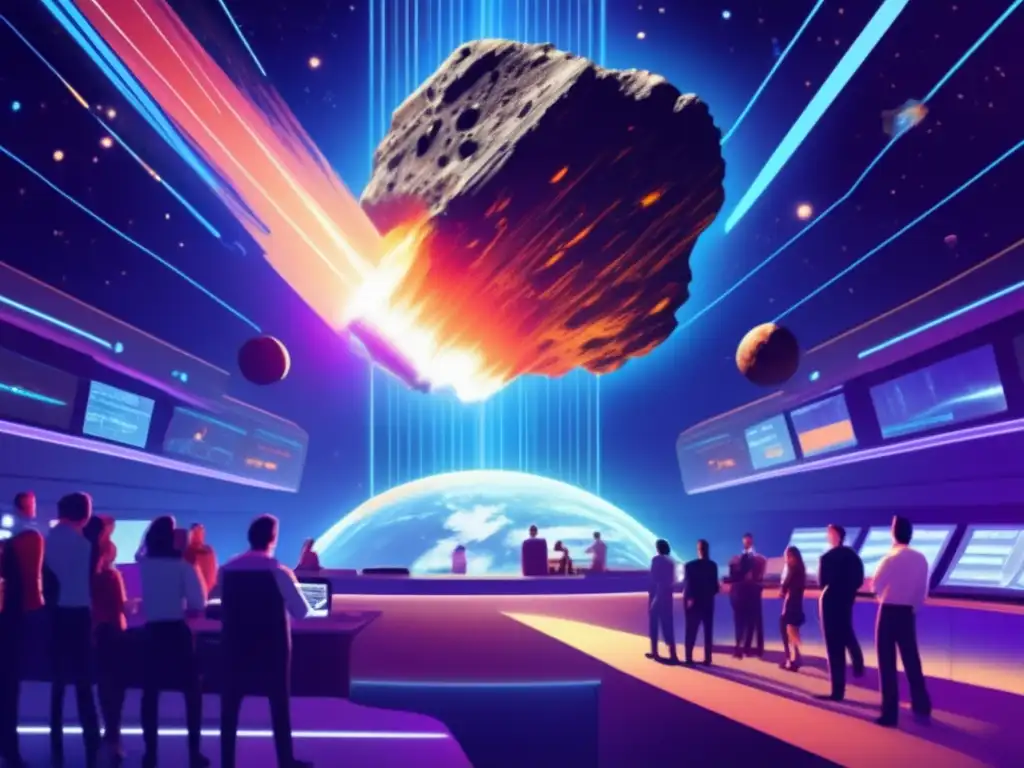Our Cosmic Bodyguard: Technologies In Asteroid Defense

Introduction
Asteroids are small celestial bodies, usually a few meters to several kilometers in size, that orbit the sun. They are known for their potential to collide with Earth, with catastrophic consequences. Fortunately, there are multiple technologies being developed and deployed to detect and deflect potentially hazardous asteroids. In this article, we will explore these technologies and their potential to keep our planet safe.
Near-Earth Object (NEO) Surveys

The Importance of NEO Surveys
NEO surveys are instrumental in detecting asteroids that pose a threat to Earth. The surveys rely on ground-based telescopes that can detect the faint light of an asteroid moving across the sky. These telescopes are equipped with sophisticated cameras and software that can track the position, speed, and trajectory of an asteroid. The data from these surveys is used to determine the size, shape, and composition of the asteroid, which is crucial in determining the best course of action to deflect it.
Current NEO Survey Efforts
The most comprehensive NEO survey to date is the Near-Earth Object Wide-field Infrared Survey Explorer (NEOWISE) mission, which has detected and characterized over 1,000 near-Earth objects since its launch in 2009. Other NEO surveys include the Pan-STARRS program, the Catalina Sky Survey, and the ATLAS project. These programs have collectively discovered thousands of near-Earth objects, helping to better understand the population of asteroids near our planet.
The Future of NEO Surveys
In the coming years, several new NEO survey initiatives are planned, including the Large Synoptic Survey Telescope (LSST) and the NEOCam mission. The LSST is a ground-based telescope that will conduct an all-sky survey to detect asteroids, while NEOCam is a space-based infrared telescope that will search for asteroids that are difficult to detect with ground-based telescopes. These initiatives will provide even more accurate data on the population of asteroids near Earth.
Asteroid Deflection Techniques

Kinetic Impactor
A kinetic impactor involves sending a spacecraft to collide with an asteroid at high speed, changing its trajectory. This technique is best suited for small asteroids that can be detected years in advance of a potential impact. NASA’s Double Asteroid Redirection Test (DART) mission, set to launch in 2021, will test this technique by colliding with the asteroid Didymos in 2022. The European Space Agency’s Hera mission will arrive at Didymos several years later to measure the effects of the collision.
Gravity Tractor
A gravity tractor involves using a spacecraft to hover near an asteroid and utilize its gravitational pull to slowly change its trajectory over time. This technique is best suited for larger asteroids that cannot be deflected with a kinetic impactor. The concept has been studied by NASA and other space agencies, but no missions have yet been launched utilizing this technique.
Nuclear Explosion
A nuclear explosion involves detonating a nuclear device near an asteroid, generating a shock wave that can change its trajectory. This technique is highly controversial due to the risks and uncertainties associated with nuclear weapons. No space agency currently plans to use this technique.
Asteroid Defense System Implementation

International Cooperation
Asteroid defense is a global issue that requires international cooperation. The United Nations Committee on the Peaceful Uses of Outer Space (COPUOS) has established the International Asteroid Warning Network (IAWN) and the Space Mission Planning Advisory Group (SMPAG) to coordinate international efforts to detect and deflect potentially hazardous asteroids.
Spacecraft Development and Testing
Multiple spacecraft have been developed and tested for asteroid defense purposes, including NASA’s DART and NEOWISE missions, the European Space Agency’s Hera mission, and the Japanese Aerospace Exploration Agency’s Hayabusa2 mission. These spacecraft will demonstrate the effectiveness of various asteroid deflection techniques, provide valuable data on asteroid composition and structure, and pave the way for future asteroid defense missions.
Funding and Public Awareness
Asteroid defense requires significant funding and public awareness. Governments and space agencies around the world have increased their funding for asteroid detection and deflection efforts. Public awareness campaigns, such as Asteroid Day, are also working to educate the public about the risks associated with asteroids and the importance of asteroid defense.
Frequently Asked Questions

-
What is a near-Earth object (NEO) survey?
A NEO survey is a program that uses ground-based telescopes to detect asteroids that could potentially collide with Earth.
-
What asteroid deflection techniques are being developed?
The three main techniques being developed are kinetic impactors, gravity tractors, and nuclear explosions.
-
How are international efforts coordinated for asteroid defense?
The International Asteroid Warning Network (IAWN) and the Space Mission Planning Advisory Group (SMPAG) are international organizations established by the United Nations Committee on the Peaceful Uses of Outer Space (COPUOS) to coordinate asteroid defense efforts.
-
Are there any missions currently planned to test asteroid deflection techniques?
Yes, multiple missions are currently planned or in progress, including NASA’s DART and NEOWISE missions, the European Space Agency’s Hera mission, and the Japanese Aerospace Exploration Agency’s Hayabusa2 mission.
-
Why is public awareness important for asteroid defense?
Public awareness is important for securing funding and political support for asteroid defense efforts, as well as educating the public about the risks associated with asteroids and the importance of asteroid defense.
Conclusion
The development and deployment of asteroid defense technologies are crucial for protecting our planet from potential asteroid impacts. NEO surveys and asteroid deflection techniques are being developed and implemented by space agencies around the world, while international cooperation and public awareness campaigns are working to ensure the success of asteroid defense efforts. With continued efforts and investment in asteroid defense, we can better protect ourselves from the risks posed by these cosmic objects.
Thank you for reading this article on www.asteroidrealm.com. We encourage you to share your thoughts in the comments section and to positively interact with our website, whether by subscribing, sharing the article on social networks, or other forms of participation. For more information on asteroid defense and related topics, please visit the additional resources section below.
Additional Resources

- NASA Planetary Defense
- European Space Agency Space Safety and Security
- Center for Near-Earth Object Studies (CNEOS)
- Asteroid Day
 Preventing Skyfall: Tools For Planetary Defense
Preventing Skyfall: Tools For Planetary Defense Asteroid Outpost: Strategies And Techniques In Planetary Defense
Asteroid Outpost: Strategies And Techniques In Planetary Defense Collision Course: How We Plan To Prevent Asteroid Impacts
Collision Course: How We Plan To Prevent Asteroid ImpactsIf you want to discover more articles similar to Our Cosmic Bodyguard: Technologies In Asteroid Defense, you can visit the Planetary Defense category.
Leave a Reply

Articulos relacionados: